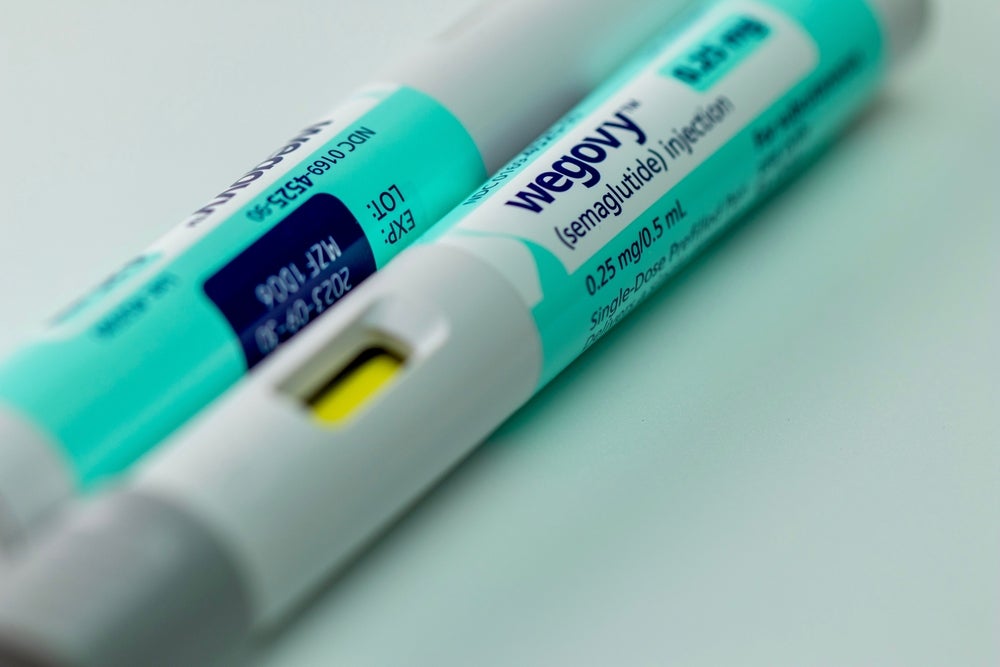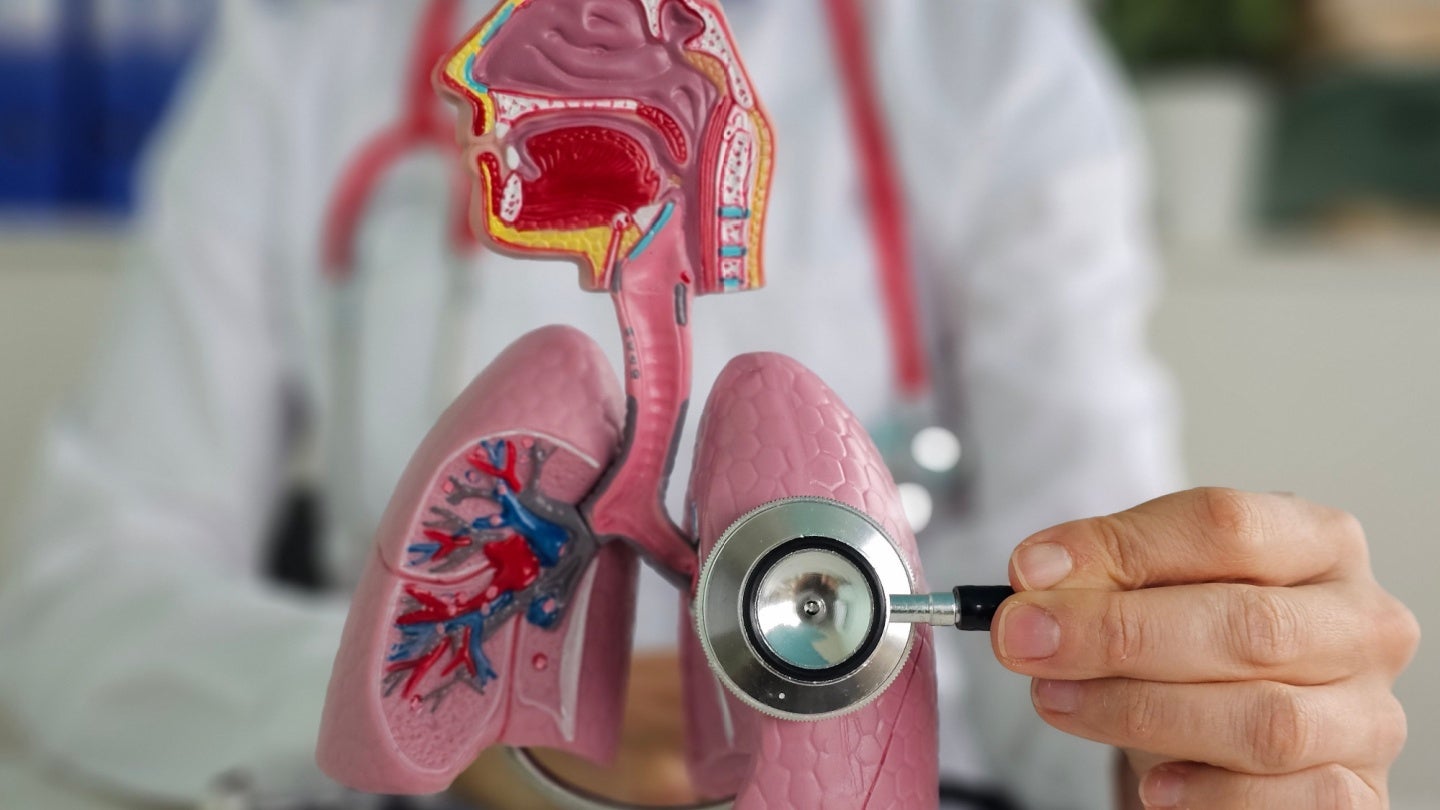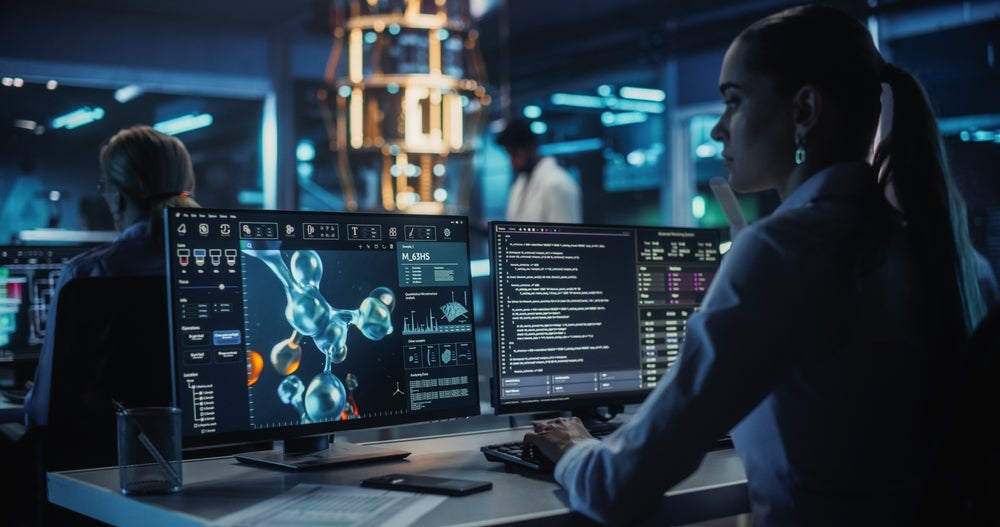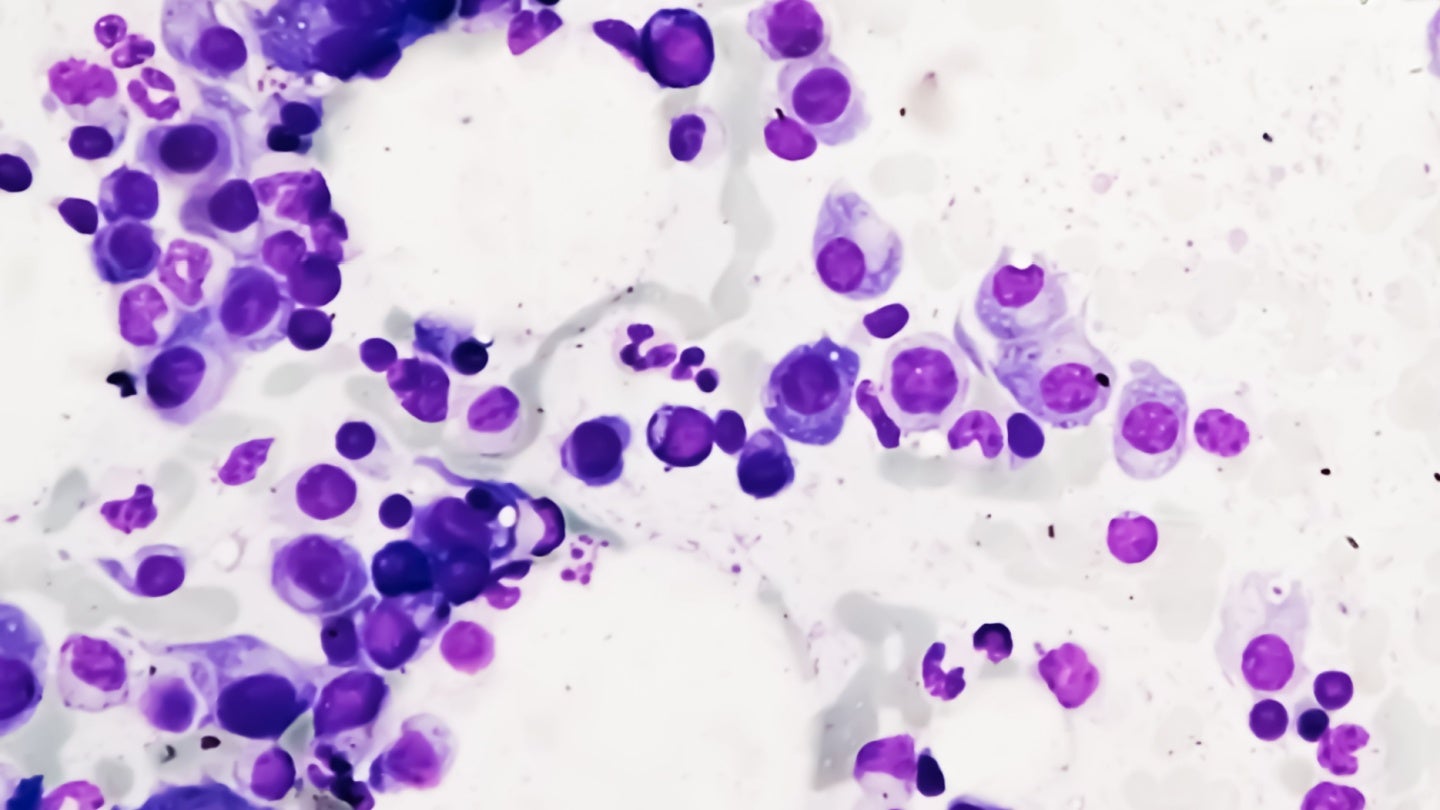Spherical particles growth with dynamics oscillation during lithium electrodeposition:Insights from numerical simulations
They published their work on Feb. 6 in Energy Material Advances. Credit: MOE Key Laboratory of Material Physics and Chemistry under Extraordinary, Northwestern Polytechnical University. They published their work on Feb. 6 in Energy Material Advances. “Lithium-ion batteries are considered one of the most promising next-generation energy storage technologies,” said paper author Hui Xing, […]

They published their work on Feb. 6 in Energy Material Advances.

Credit: MOE Key Laboratory of Material Physics and Chemistry under Extraordinary, Northwestern Polytechnical University.
They published their work on Feb. 6 in Energy Material Advances.
“Lithium-ion batteries are considered one of the most promising next-generation energy storage technologies,” said paper author Hui Xing, associate professor with MOE Key Laboratory of Material Physics and Chemistry under Extraordinary, Northwestern Polytechnical University. “to fully understand the dynamics of lithium dendrite growth during electrodeposition to inhibit the growth of lithium dendrite structure has been important in the field of battery safety and energy storage.”
Xing explained that Previous investigations indicate that the dendritic growth strongly depend on the formation and growth dynamics of the spherical particles. Thus, understanding the growth dynamics of the lithium metal particle during electrodeposition is crucial for designing safe operation of Li-metal batteries.
“The transformation proposed by Landau introduces a coordinate system in which all spatial boundaries are fixed,” Xing said. “The theory has been applied to include cases involving more than two phases, more than one phase boundary, and concentration-dependent diffusion coefficients.”
Although the new coordinate system makes the form of the governing equation more complex than the original. According to Xing, it simplifies the problem because all boundaries are now fixed. The advantage of the Landau’s transformation method is that the grid automatically adjusts itself to the motion of the interface, and hence it is possible to introduce higher resolution where large concentration gradients near the interface are expected. This can lead to improvements in the accuracy of an algorithm without compromising its efficiency.
Through the numerical simulation analysis of the team, Xing said We studied the basic growth dynamics of spherical particles during electrodeposition. The results show that the radius of spherical particles varies monotonically with time, and the growth rate of spherical particles oscillates dynamically with time. In the initial stage, the reaction rate is far less than the ion transport rate, resulting in the accumulation of ion concentration at the interface. Due to the large negative concentration gradient, the reaction rate increases and the transport rate decreases. As the reaction rate increases and the transport rate decreases, the transport rate will exceed the reaction rate, resulting in a decrease in ion concentration on the surface of the spherical particles. A decrease in surface ion concentration leads to an increase in ion transport volume and a decrease in electrochemical reactions. Therefore, the iterative feedback system ensures the stability of electrodeposition.
“The competition between the electrochemical reaction relating to the applied electrical potential and the surface cation concentration and the ions transportation relating to the electrical potential gradient and the cation diffusion coefficient determine the growth dynamics during electrodeposition,” Xing said. “The occurrence of the oscillation state means the exist of the compromise in competition during electrodeposition, which motivates us to further clarify the influence factors for the dynamic oscillation state during electrodeposition.”
“Applied electrical potential and the initial concentration of electrolyte solution are two important and common influence factors for the spherical particle growth dynamics during electrodeposition,” Xing said. “The diffusion coefficient is another important kinetic factors influencing the growth dynamics during electrodeposition. In the electrolyte solution, the diffusion coefficient of ions can be changed through adjusting the solvent viscosity according to the Stocks-Einstein equation.”
Numerical results show that applied electrical potential difference, electrolyte concentration, and diffusion coefficient are the factors influencing the dynamic oscillation modes during electrodeposition. The increase in both the applied electrical potential difference and the electrolyte concentration can lead to the increase of the growth velocity of the spherical particle, while the growth velocity is independent of the diffusion coefficient. Moreover, it was found that the wavelength and the amplitude of the dynamic oscillation of the growth velocity can be influenced by the applied electrical potential difference, the electrolyte concentration and the diffusion coefficient. Therefore, Xing determined that the dynamic competition between electrochemical reactions and ion transport in the electrodeposition is the reason for the existence of the oscillation of the growth velocity through the above numerical simulations.
“It should be noted that the driving force term in the Butler-Volmer equation can be approximated as in our numerical simulations since the electrical potential difference is relatively small,” Xing said. “Therefore, numerical simulations in a larger applied electrical potential range should be carried out to investigate the nonlinear behaviors of the growth dynamics and the oscillation.”
Xing is also affiliated with the Shaanxi Basic Discipline (Liquid Physics) Research Center, Northwestern Polytechnical University. Other contributors include Hanxu Jing and Bohan Li, MOE Key Laboratory of Material Physics and Chemistry under Extraordinary, Northwestern Polytechnical University; Yongsheng Han, State Key Laboratory of Multiphase Complex Systems, Institute of Process Engineering, Chinese Academy of Science.
The following authors have additional affiliations: Hanxu Jing and Bohan Li, the Shaanxi Basic Discipline (Liquid Physics) Research Center.
The National Natural Science Foundation of China (No. 21978298 and 51871186) and Shaanxi Basic Discipline (Liquid Physics) Research Center supported this work.
###
Reference
Authors: HANXU JING, HUI XING , BOHAN LI, AND YONGSHENG HAN
Title of original paper: Spherical Particles Growth with Dynamic Oscillation during Lithium Electrodeposition
Journal: Energy Material Advances
DOI: 10.34133/energymatadv.0018
Affiliations:
1 MOE Key Laboratory of Material Physics and Chemistry under Extraordinary, Northwestern Polytechnical University, 710129 Xi’an, China. Shaanxi Basic Discipline (Liquid Physics) Research Center, Northwestern Polytechnical University, 710129 Xi’an, China.
2 State Key Laboratory of Multiphase Complex Systems, Institute of Process Engineering, Chinese Academy of Sciences, 100190 Beijing, China.
About the authors:
Hui Xing is currently an associate professor of Northwestern Polytechnical University. Research Interests: Simulations of structure formation and evolution in mesoscopic scale, dendrite, phase-field method.
Yongsheng Han is currently a professor of Institute of Process Engineering, CAS in the group of EMMS. Research Interests: Formation mechanism of materials, mesoscience.
Journal
Energy Material Advances
DOI
10.34133/energymatadv.0018
Method of Research
Experimental study
Subject of Research
Not applicable
Article Title
Spherical Particles Growth with Dynamic Oscillation during Lithium Electrodeposition
Article Publication Date
15-Mar-2023
COI Statement
The authors declare that they have no competing interests.
What's Your Reaction?

































